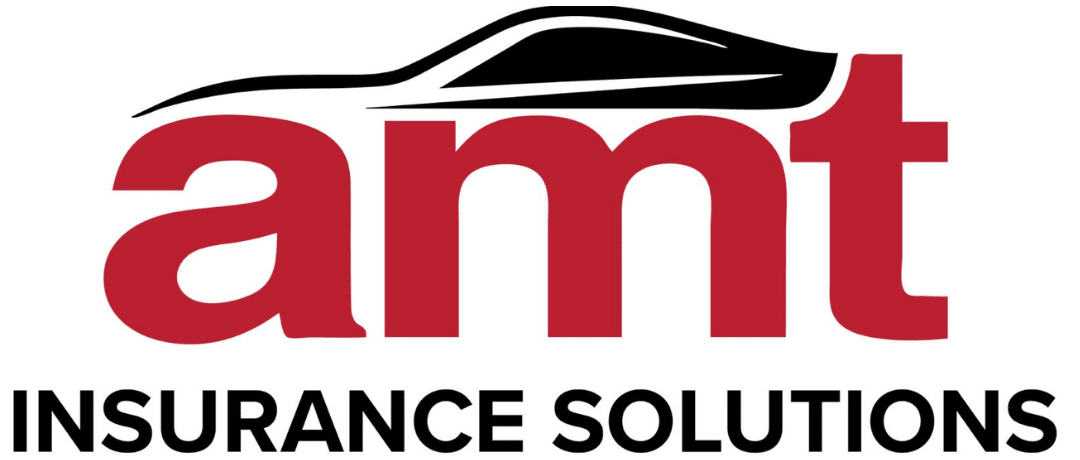
15 Ways to Reduce Fleet Insurance Premiums
October 30th 2024
Fleet insurance is essential for businesses that operate multiple vehicles, but it can also be a significant expense. For fleet managers and business owners, finding ways to reduce fleet insurance costs is crucial to maintaining a healthy bottom line. Fortunately, there are numerous strategies available that can help lower fleet insurance premiums without compromising on coverage. Below, we explore 20 effective ways to reduce the cost of fleet insurance for your business.
Implement Telematics
Telematics technology, is one of the most effective ways to reduce fleet insurance costs. These devices monitor driver behaviour, such as speed, braking, and acceleration, and can be used to provide data to insurers. Safe driving habits result in lower premiums as insurers see reduced risk and ultimately better claim performance. Telematics also encourages responsible driving, which can lead to fewer accidents.
For more detailed information on how this works, check out our Fleet Insurance page.
Encourage Safe Driving Practices
Promoting a culture of safety within your business is key to reducing insurance costs. Regular training for your drivers on safe driving habits can significantly lower the risk of accidents, which in turn helps to lower fleet insurance premiums. Consider offering refresher courses and incentivising employees who consistently demonstrate safe driving habits.
Choose the Right Vehicles
Insurers assess risk based on the types of vehicles you use in your fleet. Choosing vehicles with high safety ratings, lower repair costs, and good fuel efficiency can help reduce premiums. For businesses that operate large fleets, it’s worth investing in vehicles with advanced safety features, which insurers typically favour.
Increase Your Excess
Increasing the excess on your insurance policy may lead to lower premiums. The excess is the amount you agree to pay towards your vehicle damage in the event of a claim. By agreeing to pay a higher excess, you take on more risk, which means insurers may consider a lower premium offering.
Limit Vehicle Use
Reducing the amount of time your vehicles spend on the road can lead to lower insurance costs. Fewer miles driven means fewer opportunities for accidents, If certain vehicles are not needed daily, try to limit their usage by encouraging ride-sharing wherever possible.
Hire Experienced Drivers
Hiring drivers with clean records and experience, simply means that statistically your vehicles are in safer hands which in turn means less accidents and reduced fleet insurance costs. Insurers are more likely to offer lower premiums for businesses that hire drivers with a proven record of safe driving.
Regularly Review Your Policy
Insurance needs change over time, and it’s important to regularly review your policy to ensure you’re not paying for coverage you no longer need. Consider getting an annual audit of your fleet insurance to make sure your policy is up to date.
You can create a quote today to see how much you can save on fleet insurance.
Opt for Fleet Insurance Over Individual Policies
If you’re still insuring your vehicles under individual policies, it’s time to switch to a fleet policy. Not only does this simplify management, but it can also lead to significant savings. By consolidating your vehicles under one policy, you may benefit from discounts that individual policies do not offer.
Learn more about how fleet insurance can benefit your business.
Fit Vehicles with Anti-Theft Devices
Investing in anti-theft devices like immobilisers, alarms, and GPS tracking systems can reduce the risk of theft and lower your insurance premiums. Insurers favour fleets that take extra precautions to prevent theft, as it lowers the overall risk profile.
Offer Driver Incentive Programmes
Consider introducing a driver incentive programme that rewards employees for maintaining clean driving records. Not only does this encourage safer driving, but it can also lead to fewer claims, which will be reflected in your premiums.
Opt for Annual Payments
While it might be more convenient to spread the cost of your insurance over monthly payments, it may work out cheaper overall to pay for the premium in full rather than incurring interest rates.
Maintain Good Driver Records
The fewer claims you make, the lower your fleet insurance costs will be. Maintaining a clean claims history demonstrates to insurers that you’re a low-risk customer, which will be reflected in lower premiums. Regularly check your drivers’ records and ensure that you’re hiring people with safe driving histories.
Set Clear Driver Policies
Establishing strict policies around driver conduct and vehicle use can significantly reduce your fleet’s risk profile. Clear rules about avoiding distractions, wearing seat belts, and obeying speed limits can lower the likelihood of accidents and claims.
Install Dash Cameras
Dash cameras provide valuable evidence in the event of an accident and can protect your drivers from fraudulent claims. Insurers favour fleets with dash cameras, as they help to quickly & accurately determine liability, which can help lower your premiums.
Monitor Driver Behaviour
Invest in driver monitoring systems that track behaviours like speeding, harsh braking, and aggressive driving. By identifying problem areas and addressing them early, you can reduce the risk of accidents and claims, which will be reflected in your insurance premiums.
Explore our Commercial Fleet Insurance options for more ways to protect your fleet and save on costs.
By implementing these 15 strategies, businesses can significantly reduce fleet insurance costs and enjoy better savings. From adopting telematics to maintaining clean driver records, each of these tips can help you keep your premiums low without sacrificing coverage. For more information on fleet insurance, visit our Fleet Insurance page.

